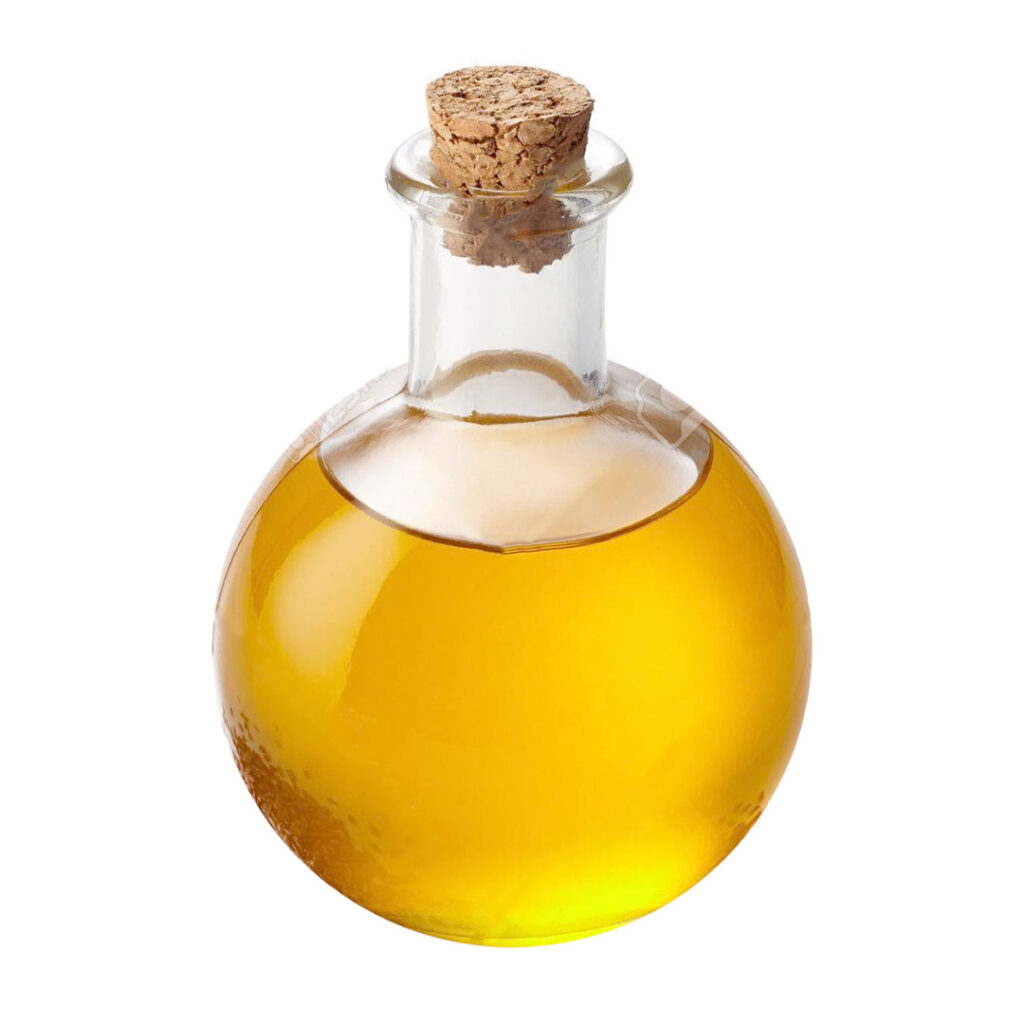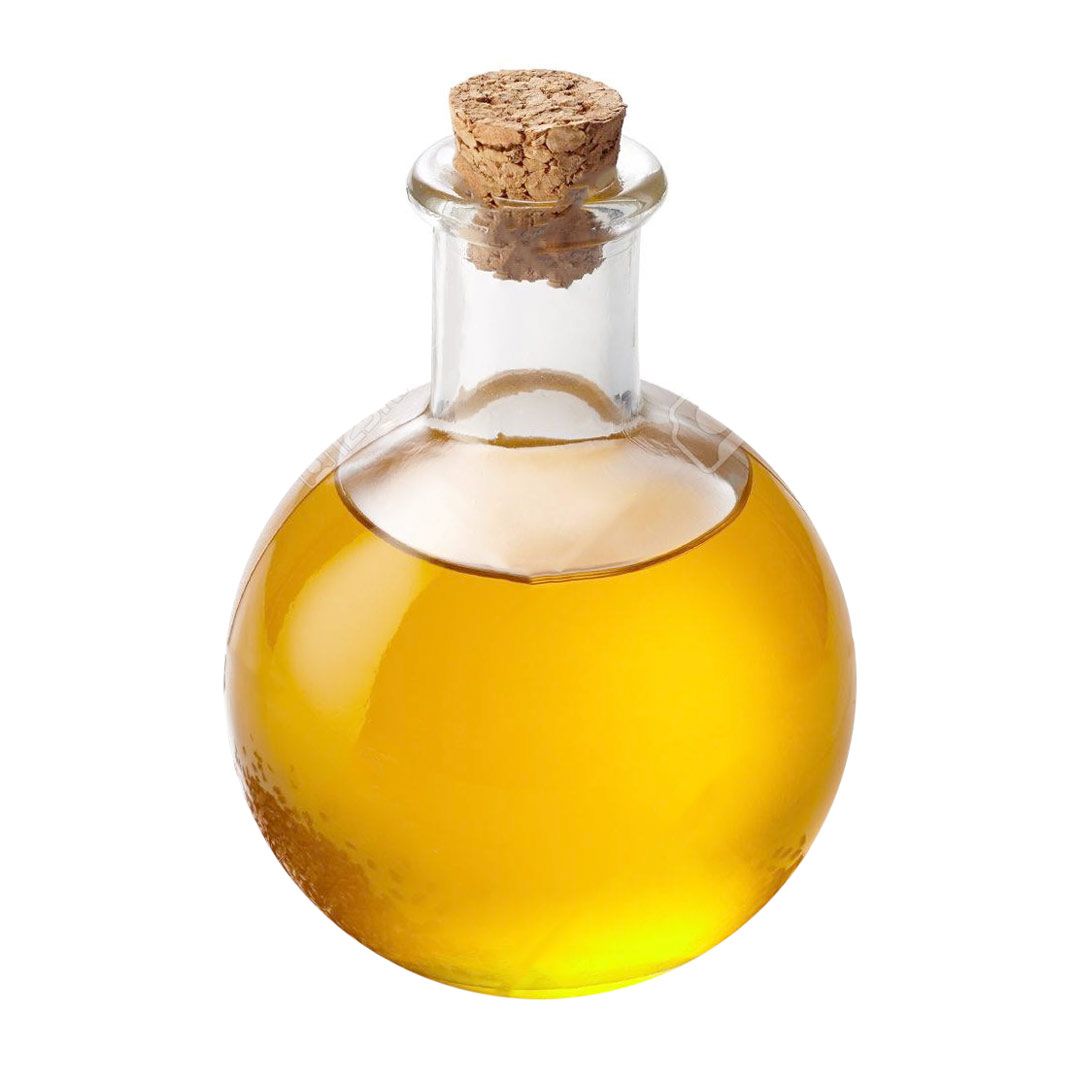Oil from Tung Seeds
Oil > Organic > Plant based
Description
Tung oil or China wood oil is a drying oil obtained by pressing the seed from the nut of the tung tree (Vernicia fordii). Tung oil hardens upon exposure to air (through polymerization), and the resulting coating is transparent and has a deep, almost wet look. Used mostly for finishing and protecting wood, after numerous coats, the finish can even look plastic-like. Related drying oils include linseed, safflower, poppy, and soybean oils. The oil and its use are believed to have originated in ancient China and appear in the writings of Confucius from about 400 BC. Raw tung oil tends to dry to a fine, wrinkled finish; the English name for this is gas checking; this property was used to make wrinkle finishes, usually by adding excess cobalt drier. To stop this, the oil is heated to gas-proof it, and most oils used for coating are gas-proofed, also known as "boiled".
The name is often used by paint and varnish manufacturers as a generic name for any wood-finishing product that contains the real tung oil or provides a finish that resembles the finish obtained with tung oil.
Location

